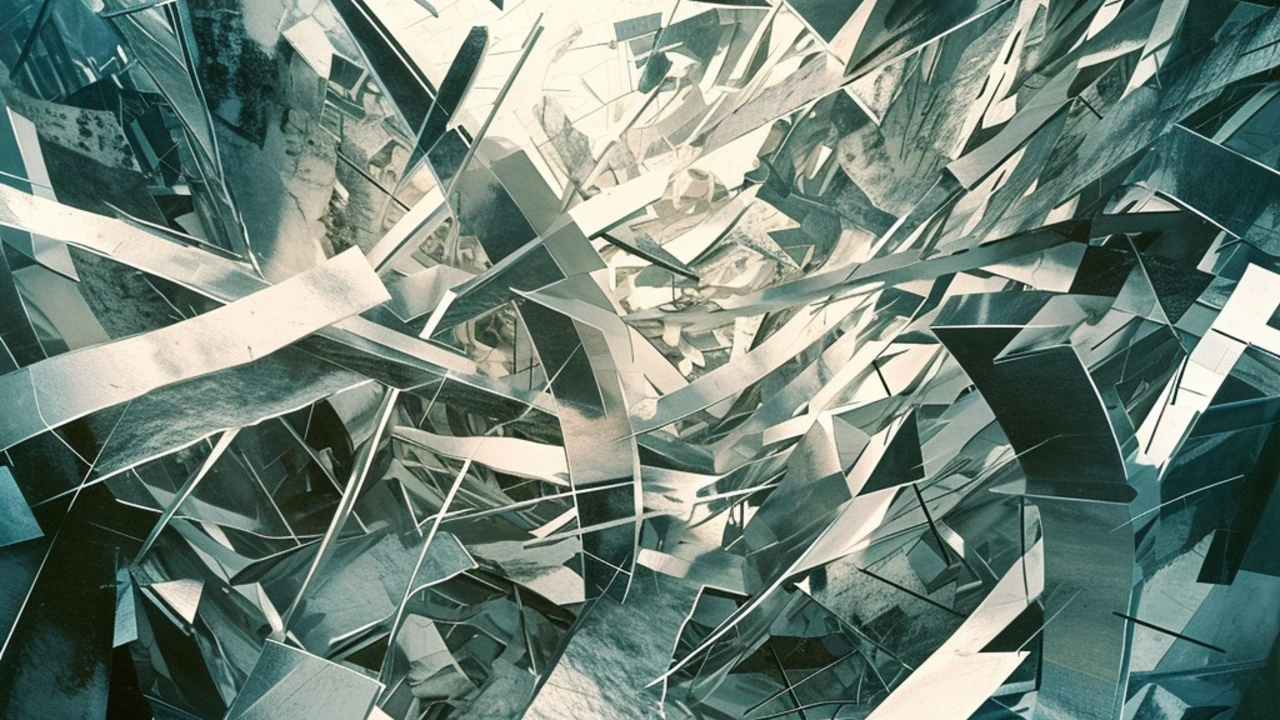The Influence of Deconstructivism on Contemporary Design
 Oct, 21 2023
Oct, 21 2023
Breaking Down the Walls – A Deeper Dive into Deconstructivism
Imagine standing in a living space where walls curve with surprising grace, or a building whose exterior appears disjointed, yet effortlessly holds together. The ceiling opens up to the sky in unexpected sections, while a nearby staircase ends in a daring spiral into… well, nowhere! Welcome to the captivating world of deconstructivism as it relentlessly shapes contemporary design, and my skyline too, here in beautiful Wellington, New Zealand.
Not for the orthodox at heart, deconstructivist design shuns conventions and overthrows established patterns, producing a spectacle that is both baffling and illuminating at once. It thrives on chaos and randomness, yet a closer look reveals a sophisticated command over disorder. After all, to create chaos within the confines of function and usability isn't a chaos at all—it's an art.
Now, you might be asking, “But Juliette, how does this relate to me?” Well, dear reader, allow me to take you on a journey. You see, my interest in deconstructivism isn't purely academic. It all began when my husband, Damian, and I adopted our Siamese cat, Liara. Next thing I knew, we had a poodle named Beau and our house had whole corners claimed by our furry friends. Suddenly, our conventional layout seemed restrictive. The need for more fluidity, spaces that twisted and unfolded as unexpectedly as our pets’ antics led us to deconstructivism.
Defying the Norms - An Unconventional Approach to Architecture
We picture architects as individuals equipped with math, compasses, and protractors, creating clean, straight, symmetrical lines. If that's the case, then deconstructivist architects must have a love affair with the abstract side of geometry. Straight lines, angular accuracy, and structural balance aren't in their vocabulary. Instead, asymmetry, randomness, and warped forms reign supreme.
They design buildings that appear to collapse, float, fracture, and distort, yet the overall structure stands firm and functional. It's an architectural game, challenging the eye and defying understanding. Yet, enclosed in this chaos is a complex mastery of design reminiscent of the way Beau masterfully finds his way out of the labyrinth he creates with his toys.
Chaos in Harmony - The Beauty of Deconstructivist Design
The charm lies in the perceived randomness. You find yourself questioning the structure: "Why this folded facade?" or "What's the balance holding this non-symmetrical building together?" The beauty of it is that there often isn't a direct answer. It's subjective, molded by personal interpretation, like a poem that speaks differently to every reader.
Deconstructivist design speaks to the inherent creativity within all of us, echoing layers of meaning in a world where unique personal expression is increasingly valued. And isn't that what we all crave in our homes? A space that reflects our individual tastes, uniqueness, an extension of our personality? A place where Liara’s acrobatics and Beau’s endless fetch games can unfold within a space that makes sense only to them and us?
Deconstructing Design - The Practical Implications
As splendid and fascinating as this art form is, it's important to understand its practical implications. Deconstructivist design isn't universally suitable. Appearances can sometimes be deceptive. What seems disjointed and non-functional may be highly thought through, each element playing a crucial part in maintaining the building's integrity and purpose. However, this approach requires careful planning and expert execution to ensure safety and longevity.
From a cost perspective too, the unique shapes and irregular layouts can significantly escalate building expenses. The process can be as challenging as teaching Beau that the fluffy cushions are not his chew toys and as painstakingly slow as convincing Liara that Damian's shoe laces are not her prey. But the end result? Just as rewarding!
Making Room for Deconstructivism - A Personal Journey
Wellington is a city of wind, which can be a limiting factor for extravagant forms twisted in the air. Despite this, I've seen a rise in deconstructivist design lending its magical touch to our landscape. Our journey, like many, started with changing a few things around our home to make it more inclusive for Liara and Beau. We wanted spaces that spoke our language, and like our adorable pets, defied tradition.
We dabbled in abstract layouts, playing with wall alignments and furniture placement. We discovered that whacky was doable, and the ordinary was no longer acceptable. It was about making the space work for us, rather than us fitting into it. Our home was slowly turning into a living sketch of a deconstructivist architect's imaginative reverie.
So, whether you're a design enthusiast, an architect, or simply enchanted by the thrilling world of spatial design, know this - deconstructivism is not just an architectural school. It's a philosophy, a statement, a story etched in steel, glass, and concrete lines, waiting to unfold in every corner of your dwelling, just as it has in ours. And who knows, it may just inspire you to rethink and remodel the spaces that you thought you knew.